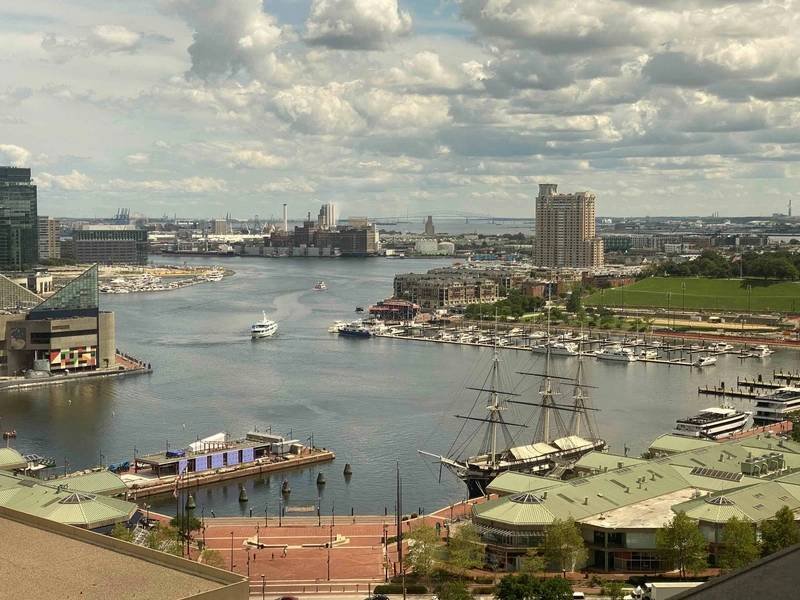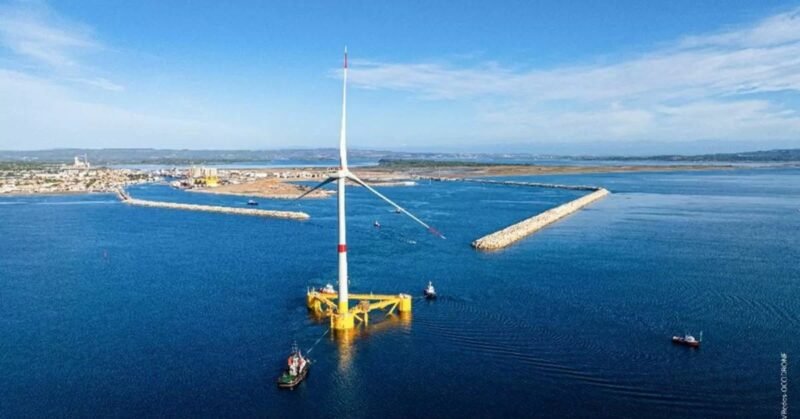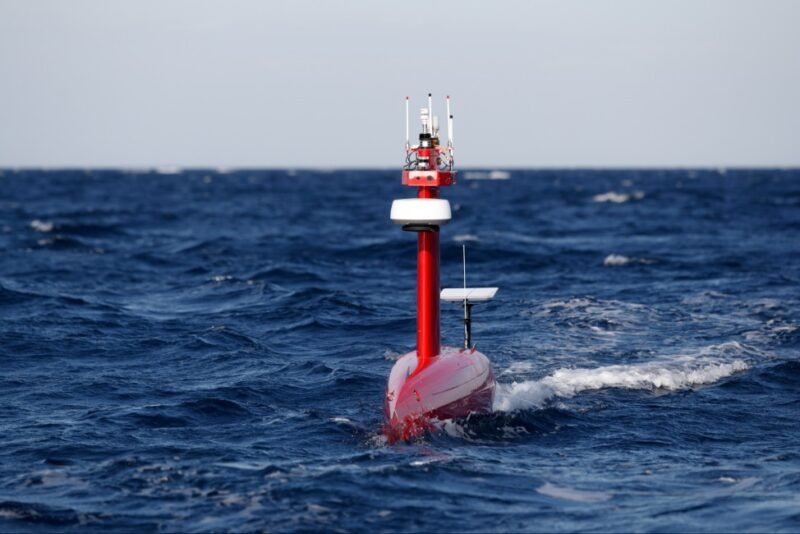A collaboration between GTT, Bloom Energy, and France’s Ponant Explorations Group is underway to develop the first net-zero cruise ship by integrating fuel cells with marine carbon capture technology. This initiative, initially announced last year, aims to create an energy system that meets the vessel’s onboard consumption needs. Mathieu Petiteau, Ponant’s Newbuilding and R&D Director, emphasized the partnership as a significant step towards innovative CO2 capture methods, aligning with the Swap2Zero vessel project, which is co-funded by the EU Innovation Fund and France 2030.
The Swap2Zero Project, revealed in 2023, aspires to design the first transoceanic ship focused on carbon neutrality. The envisioned 181-meter cruise ship will feature about 100 passenger cabins and utilize 50% wind energy, achieving a cruising speed of 10 knots with an operational range of up to 30 days. This design is expected to cut greenhouse gas emissions by over 80%, with Bureau Veritas also contributing to the project.
In this joint innovation effort, GTT will develop a marine carbon capture system compatible with Bloom Energy’s solid oxide fuel cell (SOFC) technology. This integrated solution aims to provide auxiliary power for onboard services while capturing CO2 from exhaust gases, enhancing overall system efficiency through optimized thermal management. Bloom Energy’s Chief Commercial Officer, Aman Joshi, highlighted the importance of solid oxide fuel cells in promoting a low-carbon maritime future.
The project received a €40 million grant from the EU in 2024 to advance designs that will aid in maritime decarbonization. Ponant aims to have the vessel operational by 2030, joining other initiatives like Hurtigruten’s SeaZero project, which targets a 40-50% energy reduction and aims for emission-free sailing through innovative design elements such as solar panels and retractable sails.
Share it now


















